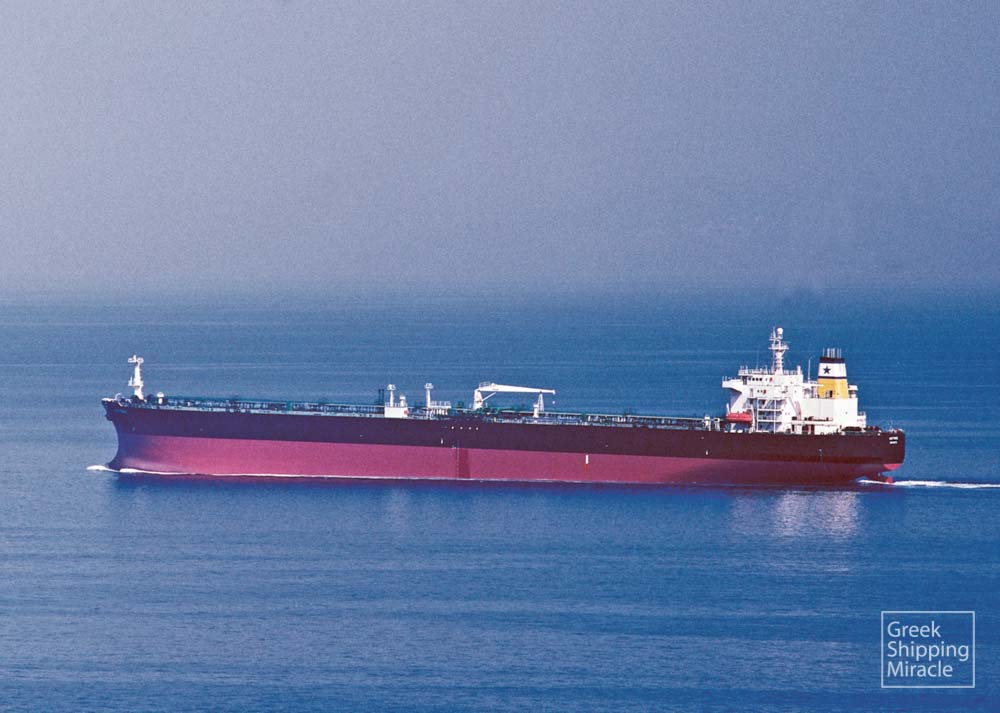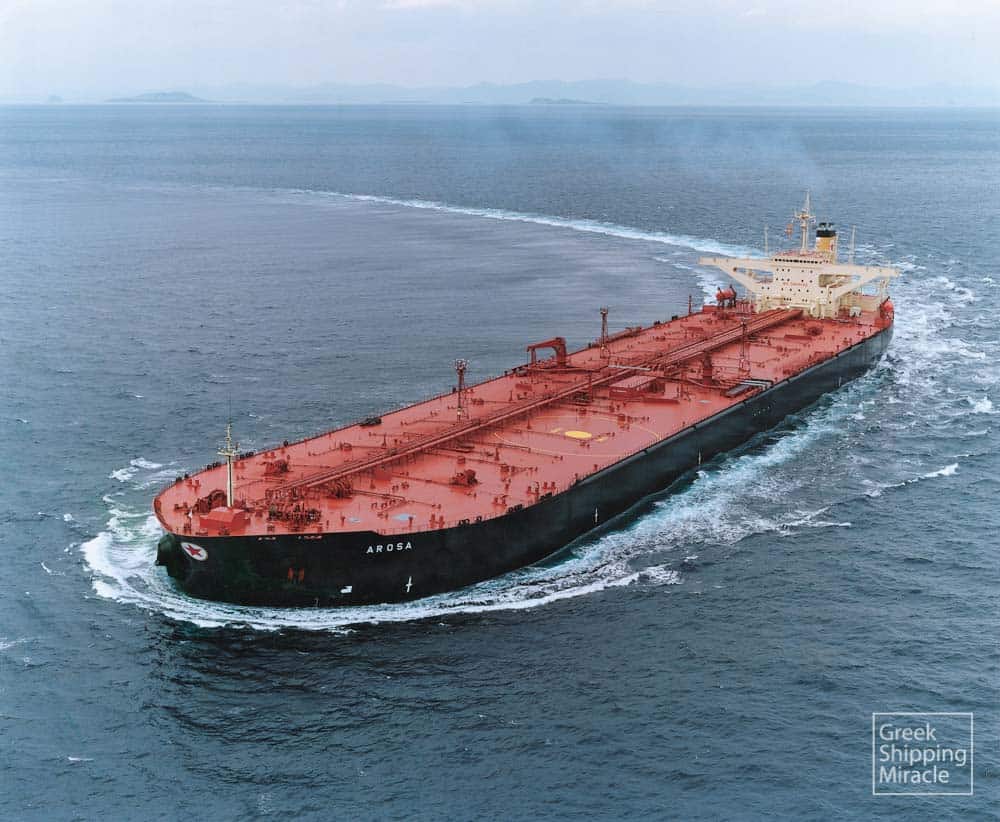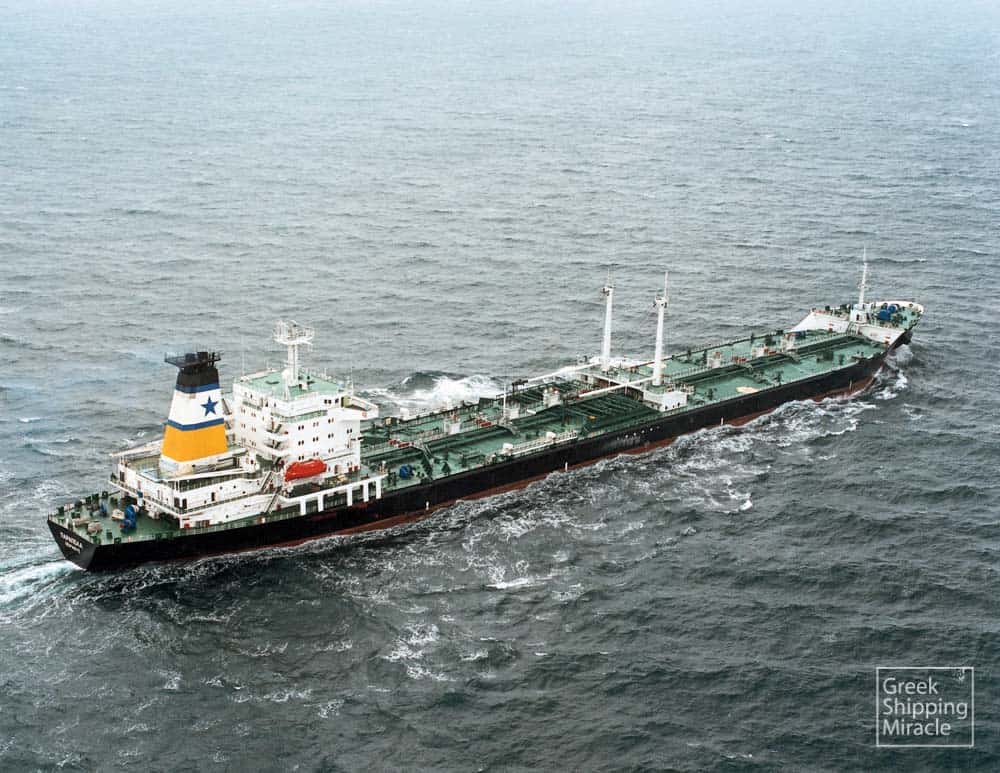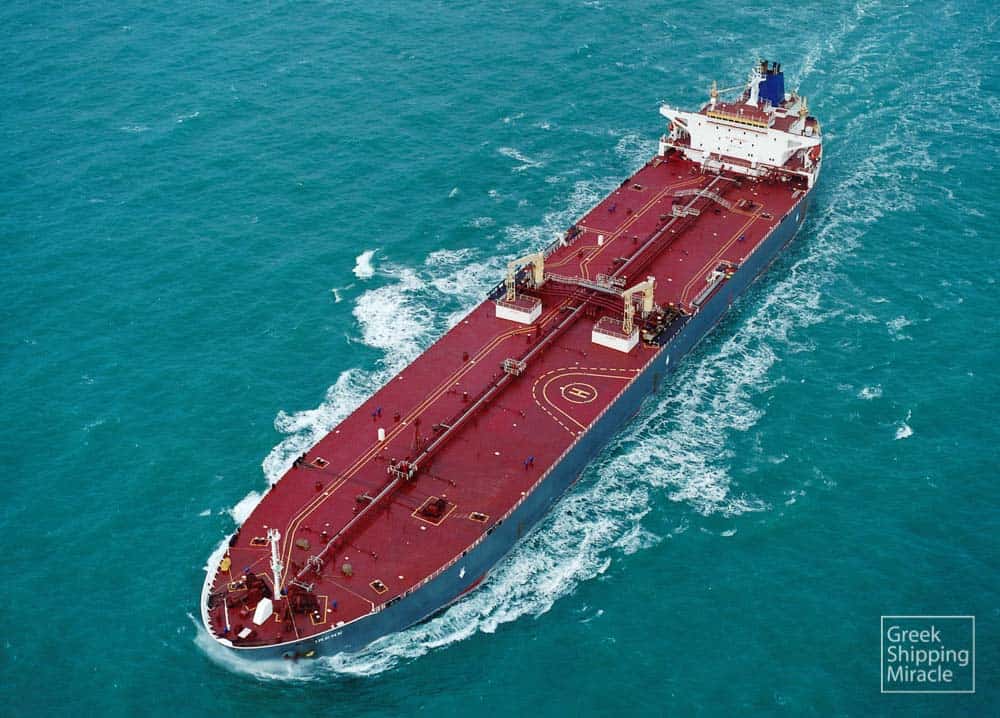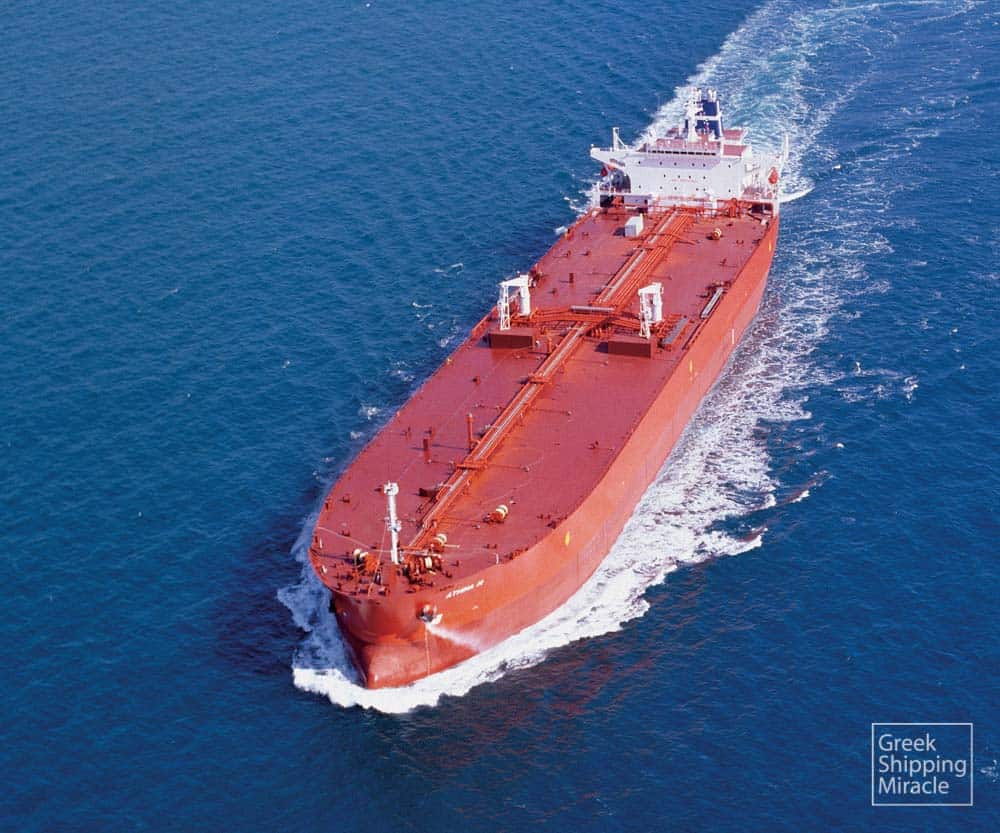Tankers
The entry of Greek shipowners in the tanker sector has been one of the most remarkable developments in world shipping since World War II. Until the outbreak of the War, less than ten Greek owners were involved in oil transportation. The early realisation of the increasing importance of petroleum as the main energy source worldwide, led Greek shipowners to enter aggressively the tanker market during the post-war period. This was accomplished through waves of orders for the construction of tankers – many of which had been described in the maritime press as pioneering – in various shipyards around the world. This trend started with the delivery in 1948 of Aristotle Onassis’ OLYMPIC GAMES.
Seaborne petroleum transportation changed dramatically following the Suez Crisis in 1956 and the resulting closure of the Canal, which created the need for tankers of increased carrying capacity. The deep recession of the late 1950s led to the laying up and the scrapping of many tankers, as well as the conversion of several vessels into bulk carriers. From the mid-1960s a new era in tanker newbuilding activity began, marked by the construction of gigantic tankers in excess of 200,000 deadweight tons. Those ships, widely known as VLCCs (Very Large Crude Carriers), attracted the attention of Greek entrepreneurs, particularly after the Six-Day War in June 1967, which once again ended with the closure of the Suez Canal, this time for a longer period.
From the early 1970s until 1990, oil transportation experienced major changes. The significant increase in oil prices during the 1970s led to the gradual phase out of steam-powered tankers, due to their engines’ high fuel consumption. Many of these ships, especially VLCCs, were scrapped only ten years after delivery. Following the recovery of the freight market after a catastrophic crisis in the early 1980s, the first signs of a major shake-up in the tanker sector emerged. Increasing sensitivity towards the protection of the marine environment led the shipbuilding industry to develop double hull tanker designs.
This became a reality in the early 1990s. A series of incidents involving tankers that caused severe pollution – with the EXXON VALDEZ being the worst – shook the world, leading policymakers, especially in the United States, to adopt measures in order to better protect the marine environment.
Throughout the post-war period, Greek owners remained fully committed to oil transportation, adding to the world tanker fleet, until the end of the 20th century, 776 newbuilding units, that is on average one newly-built tanker every 25 days over a period of 53 years. Greek presence in the tanker sector has continued growing in the 21st century, with Greek-owned tankers transporting approximately ¼ of global crude oil production exported by sea.
Apart from the significant contribution to the global economy resulting from the efficient, cost-effective and environmentally friendly transportation of crude oil and petroleum products, the activity of several Greek shipowners contributed decisively to the global recognition of the Liberian registry. Until the end of the first post-war decade, 184 Greek-owned, high-specification newbuilding tankers had entered the newly-established Liberian registry, inaugurated in 1949 with the registration of the WORLD PEACE of the Niarchos group.
This section –which will be completed through constant additions of photographs– contains in chronological order, from 1948 up to 2000, all tankers built around the world for companies under Greek control or management.












